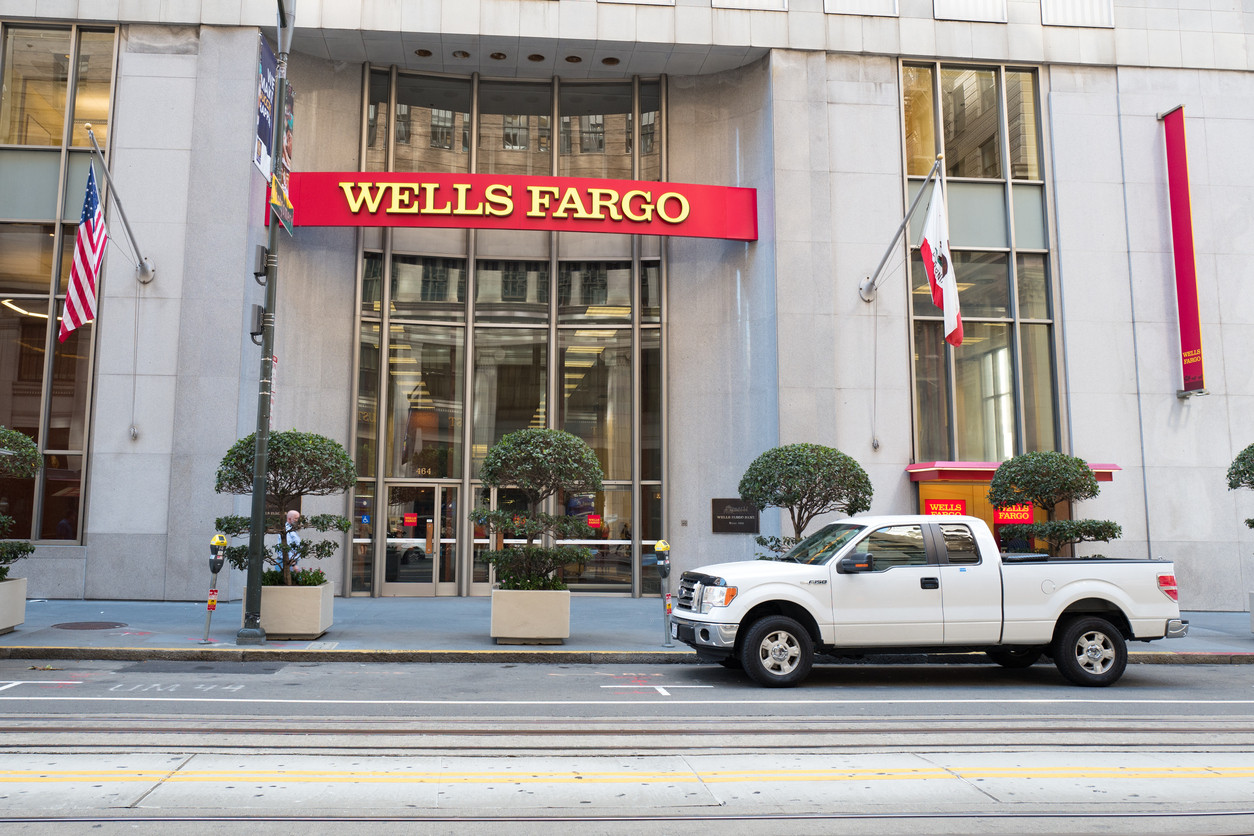OHL Group Faces Debt Crisis: Bondholder Deadline Extended as Company Seeks Restructuring
Spanish construction giant OHL Group is facing a debt crisis, with the company extending a deadline for bondholders to consent to a payment delay. This move comes as OHL seeks to restructure its finances after years of struggling with debt. The company's financial woes have been exacerbated by the global pandemic, which has impacted the construction industry worldwide. The extension of the deadline for bondholder consent is a significant development, as it suggests that OHL is facing serious financial challenges and is struggling to secure the necessary financing to stay afloat.
The Struggle for Funding
The company has been grappling with a heavy debt burden for years, and its financial performance has been declining. The recent pandemic has further exacerbated its struggles, making it difficult for OHL to meet its financial obligations. The company has been forced to sell assets and seek new sources of funding to stay afloat, but these efforts have not been enough to solve its debt problems.
To gain a better understanding of the current situation, it is essential to look back at the historical context. OHL's financial troubles began several years ago, when the company faced setbacks on several large infrastructure projects. In 2015, OHL experienced a significant drop in earnings, and the company's stock price plummeted. This decline in performance was attributed to a combination of factors, including a slowdown in the construction industry, rising costs, and legal issues related to several of its projects.
In 2017, OHL's debt burden reached a peak of €5.3 billion, and the company was downgraded by credit rating agencies. This put further pressure on OHL's financial situation, making it more challenging for the company to secure financing. The company attempted to address its debt burden through a series of asset sales and other restructuring measures, but these efforts were not enough to turn the tide.
Seeking Restructuring
The company is seeking to restructure its debt, and its latest move to extend the deadline for bondholder consent is a clear indication of the urgency of its situation. OHL is seeking to renegotiate the terms of its debt, including extending the maturity dates and lowering the interest rates. This would provide the company with more breathing room and time to recover financially.
The extension of the bondholder deadline suggests that OHL is facing significant challenges in securing the necessary consents from its bondholders. Many bondholders may be reluctant to agree to a restructuring plan that would reduce their returns. It is vital to highlight that the bondholders are not obligated to accept the restructuring plan, and they have the right to demand full repayment. The company is hoping to reach a mutually agreeable solution with its bondholders, but the outcome of the negotiations remains uncertain.
Seeking Restructuring
While the bondholder deadline extension reflects the company's desperate need for financial relief, it is crucial to acknowledge that the restructuring plan is still in its early stages. OHL is still in talks with its creditors, and it is possible that the company will be able to reach a consensus on the terms of the restructuring. The company's fate will depend on a multitude of factors, including the willingness of its creditors to compromise, the overall health of the construction industry, and the company's ability to execute its restructuring plan.
The Future of OHL
The future of OHL remains uncertain. The company is facing a critical juncture, and its ability to survive will depend on its ability to successfully restructure its debt. If the company is unable to reach an agreement with its creditors, it could face bankruptcy. This would have a significant impact on the company's employees, suppliers, and the wider construction industry.
However, it is also possible that OHL will be able to navigate its financial challenges and emerge as a stronger company. The company has a long history in the construction industry, and it has a strong track record of completing successful projects. If OHL can successfully restructure its debt and secure new sources of funding, it could continue to play a significant role in the Spanish and international construction sectors.
The company is expected to provide an update on its restructuring plans in the coming weeks. The outcome of these efforts will determine the fate of OHL and its ability to survive the current financial crisis.
The company's future will also depend on broader economic and political factors. The global construction industry is facing significant challenges, including rising costs, supply chain disruptions, and a shortage of skilled labor. The Spanish construction industry is also facing its own unique challenges, including the ongoing impact of the global pandemic and the need to adapt to a changing regulatory environment.
The Stakes Are High for OHL
The current situation highlights the significant challenges facing construction companies around the world. The construction industry is capital-intensive, and companies often rely on debt to finance their projects. When the economic environment weakens, or when companies face unforeseen challenges, their debt burdens can quickly become unsustainable. OHL's case serves as a cautionary tale for other construction companies, highlighting the importance of financial discipline and careful planning.
The outcome of OHL's restructuring efforts will be closely watched by investors and industry observers. The company's fate will have implications for the Spanish construction industry and the global economy as a whole. This is not merely an isolated event, but rather a symptom of a wider trend in the construction industry. As the global economy faces increasing uncertainty, construction companies will need to find ways to adapt to the changing environment and manage their debt effectively.
It remains to be seen whether OHL will be able to overcome its financial challenges and emerge as a stronger company, or whether it will succumb to the pressure of its debt burden. The company's future hinges on the outcome of its ongoing restructuring efforts, and the decisions made by its creditors. The construction industry will be watching closely to see what transpires in this high-stakes battle for survival.

















